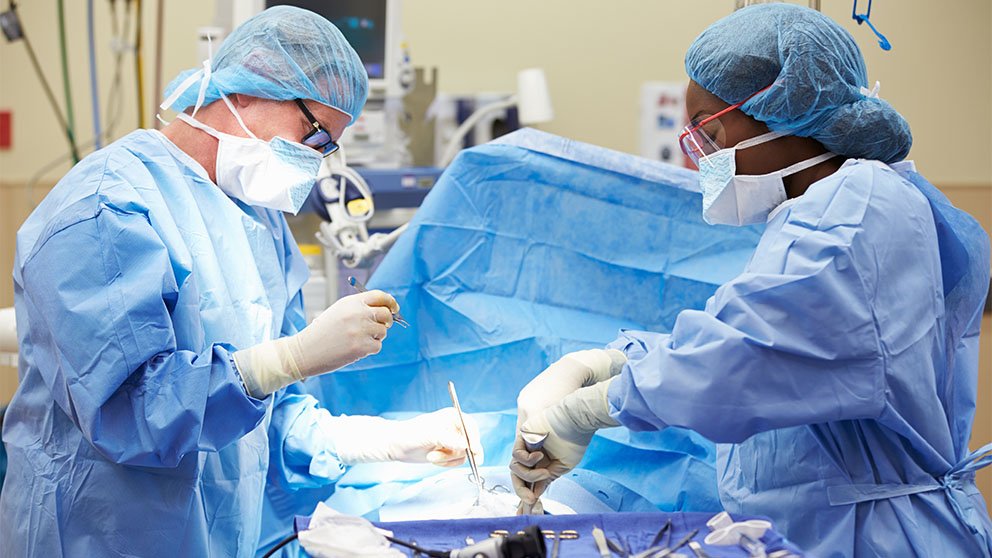Accidents and injuries are increasing in everyday life by alarming proportions. Road trauma is now designated as a no.1 killer in young patients by WHO. WE ARE ONE OF THE BEST FRACTURE HOSPITAL IN GOTA AND BEST FRACTURE HOSPITAL IN CHANDLODIYA.
A bone fracture is a medical condition where the continuity of the bone is broken.
A significant percentage of bone fractures occur because of high force impact or stress.
However, a fracture may also be the result of some medical conditions which weaken the bones, for example osteoporosis, some cancers, or osteogenesis imperfecta (also known as brittle bone diseases).
Types
There is a range of fracture types, including:
- Avulsion fracture – a muscle or ligament pulls on the bone, fracturing it.
- Comminuted fracture – the bone is shattered into many pieces.
- Compression (crush) fracture – generally occurs in the spongy bone in the spine. For example, the front portion of a vertebra in the spine may collapse due to osteoporosis.
- Fracture dislocation – a joint becomes dislocated, and one of the bones of the joint has a fracture.
- Greenstick fracture – the bone partly fractures on one side, but does not break completely because the rest of the bone can bend. This is more common among children, whose bones are softer and more elastic.
- Hairline fracture – a partial fracture of the bone. Sometimes this type of fracture is harder to detect with routine Xrays.
- Impacted fracture – when the bone is fractured, one fragment of bone goes into another.
- Intraarticular fracture – where the break extends into the surface of a joint
- Longitudinal fracture – the break is along the length of the bone.
- Oblique fracture – a fracture that is diagonal to a bone’s long axis.
- Pathological fracture – when an underlying disease or condition has already weakened the bone, resulting in a fracture (bone fracture caused by an underlying disease/condition that weakened the bone).
- Spiral fracture – a fracture where at least one part of the bone has been twisted.
- Stress fracture – more common among athletes. A bone breaks because of repeated stresses and strains.
- Torus (buckle) fracture – bone deforms but does not crack. More common in children. It is painful but stable.
- Transverse fracture – a straight break right across a bone.
Doctors will often order an X-ray. In some cases, an MRI or CT scan may also be ordered.
Bone healing is a natural process which, in most cases, will occur automatically. Fracture treatment is usually aimed at making sure there is the best possible function of the injured part after healing.
Treatment also focuses on providing the injured bone with the best circumstances for optimum healing (immobilization).
For the natural healing process to begin, the ends of the broken bone need to be lined up – this is known as reducing the fracture.
Fracture reduction may be done by manipulation, closed reduction (pulling the bone fragments), or surgery.
Immobilization – as soon as the bones are aligned they must stay aligned while they heal. This may include:
- Plaster slab or casts or plastic functional braces – these hold the bone in position until it has healed.
- Metal plates and screws – current procedures may use minimally invasive techniques.
- Intra-medullary nails – internal metal rods are placed down the center of long bones. Flexible wires may be used in children.
- External fixators – these may be made of metal or carbon fiber; they have steel pins that go into the bone directly through the skin. They are a type of scaffolding outside the body.

